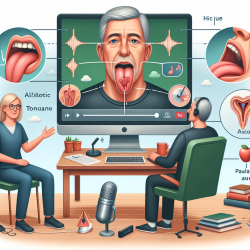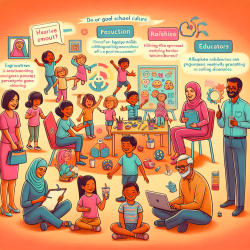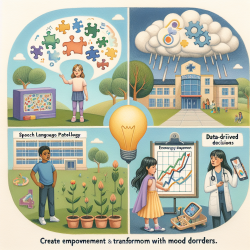Introduction
Understanding the development of moral language in children is pivotal for practitioners in speech-language pathology. The research article "Quantifying the Emergence of Moral Foundational Lexicon in Child Language Development" offers a comprehensive analysis of how moral language emerges in children aged 1 to 6. By leveraging computational methods, this study provides insights that can significantly enhance therapeutic approaches in child language development.
Key Findings from the Research
The study reveals that children begin expressing individualizing moral foundations such as Care/Harm and Fairness/Cheating earlier than binding foundations like Authority/Subversion, Loyalty/Betrayal, and Purity/Degradation. The data indicates that the Care/Harm foundation is the most frequently expressed moral foundation in both child and caretaker speech. This suggests a natural inclination towards prosocial behavior in early childhood.
Implications for Practitioners
For practitioners, these findings underscore the importance of focusing on individualizing moral foundations in early interventions. By incorporating activities that promote prosocial behavior and fairness, therapists can align their strategies with the natural progression of moral language development. Here are some practical steps:
- Encourage Prosocial Behavior: Design activities that foster helping and sharing, which are core aspects of the Care/Harm foundation.
- Promote Fairness: Use games and scenarios that emphasize equal distribution and fairness, aligning with the Fairness/Cheating foundation.
- Incorporate Moral Vocabulary: Introduce and reinforce moral vocabulary in therapy sessions to enhance children's moral lexicon.
Encouraging Further Research
While this study provides a foundational understanding, it also opens avenues for further research. Practitioners are encouraged to explore how different cultural contexts might influence the emergence of moral language. Additionally, investigating the role of non-verbal communication in moral development could provide a more holistic understanding.
Conclusion
The insights from this research are invaluable for practitioners aiming to improve outcomes in child language development. By aligning therapeutic approaches with the natural emergence of moral language, we can foster more effective communication skills in children. For those interested in delving deeper into the study, the original research paper can be accessed here.










